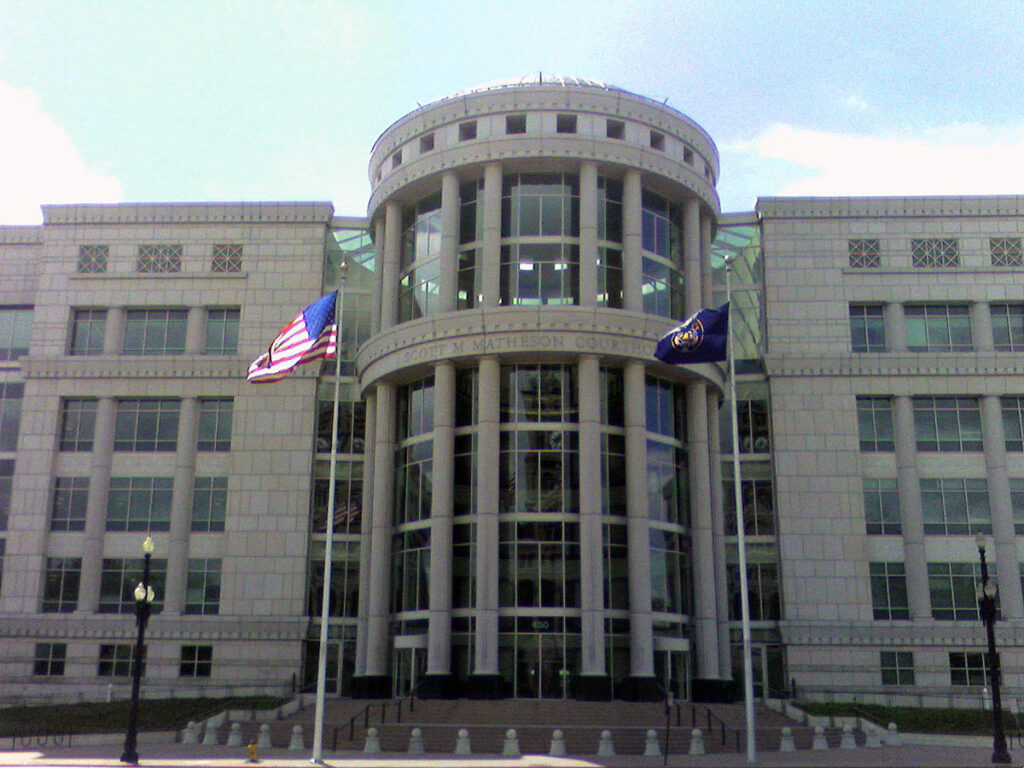In this case, on the July 11, 2024, the Utah Supreme Court for instance rejected a vote of the state legislature to overturn a voter initiative on redistricting. This decision is regarded by most of the supporters of fair redistricting and the voters, as a victory for them.

Background of the Case
The cause of the dispute arose from Proposition 4, which is the Utah citizens’ decision made through voting in the November 2018 election. Out of this came an independent commission that was needed to make new appropriations of political boundaries. However, in the year 2020, the democratic party suppressively controlled legislature changed a portion of the proposition, which provided them the firmer power to review and decide on the recommendations made by the commission.
For this reason, the Plaintiffs, Legal Voice for Utah Women and The League of Women Voters of Utah together with Mormon Women for ethical government claimed that the legal procedures taken by the legislature was unlawful and unconstitutional. They said that it compromises the right of the voter to be fairly represented by way of partisan gerrymandering especially on the issuing of the Salt Lake County which is a very upcoming competitive area.
Arguments and Court’s Decision
In their oral arguments, the plaintiffs sought to argue that all political power is vested in the people as provided for in the constitution of Utah. They argued that this power was diluted by the legislature through Proposition 159 and override of Proposition 4 and that the people’s right to vote on free elections.
On the other side, the state’s attorneys supported the power of the legislatures both state and federal to pass, alter, or repeal any laws except as restrained by the state or federal constitutions or any federal laws. They contended that the legislature represents the voter and as such the latter has the exclusive right to determine the issue of redistricting.
The Utah Supreme Court affirmed the members of the appellants in arguing that the legislators’ changes nullified the purpose of Proposition 4 and the voters’ intent. The justices also emphasized guarding the checks and balances system between the legislative and the electoral branches to remind that the initiatives which are put to vote by the electorate are excluded from being voided by the legislative activities without much difficulty.

Implications and Future Steps
This ruling does not necessarily alter Utah’s congressional maps for the next decade, although it does not dismiss the case but sends the matter back to the lower court. The lower court will now consider whether or not the current district maps drawn by the legislature should be altered by the maps of the recommended independent commission.
The board said it was time for one bull-dozer to be removed from Eastern Pakistan and another placed upon Western India since the said regions have large populations. Advocates for fair redistricting to celebrate the decision, welcoming a move that was restored the democracy and voters’ rights. Katie Wright, the Executive Director of Better Boundaries offered his appreciation to the plaintiffs saying that the decision is an important milestone in the pursuit of fair electoral districts.
The state legislative, although being dissatisfied, accepted the supremacy of the court’s decision. They underlined their further intention to maintain the fair representation of both the urban and rural regions and stressed that they will strive to find the equilibrium that will meet the needs of all people in Utah.
Conclusion
The decision by the Utah Supreme Court becomes important in the on-going crisis to redistrict Utah. It was the voters’ outfit and shows how democracy should respect the voters’ decisions and should not let power go to the politicians. Whenever the case will be back to the lower courts, the decision will impact the future of the electoral districts in Utah for achieving better levels of equity and adequate representation for all voters.
